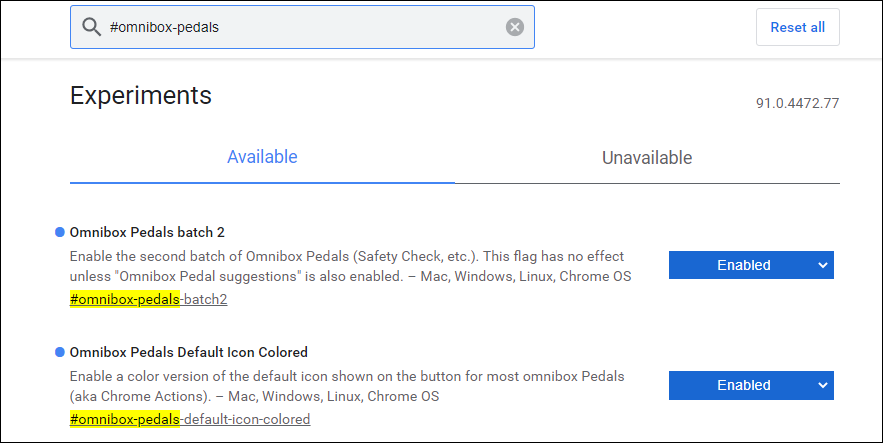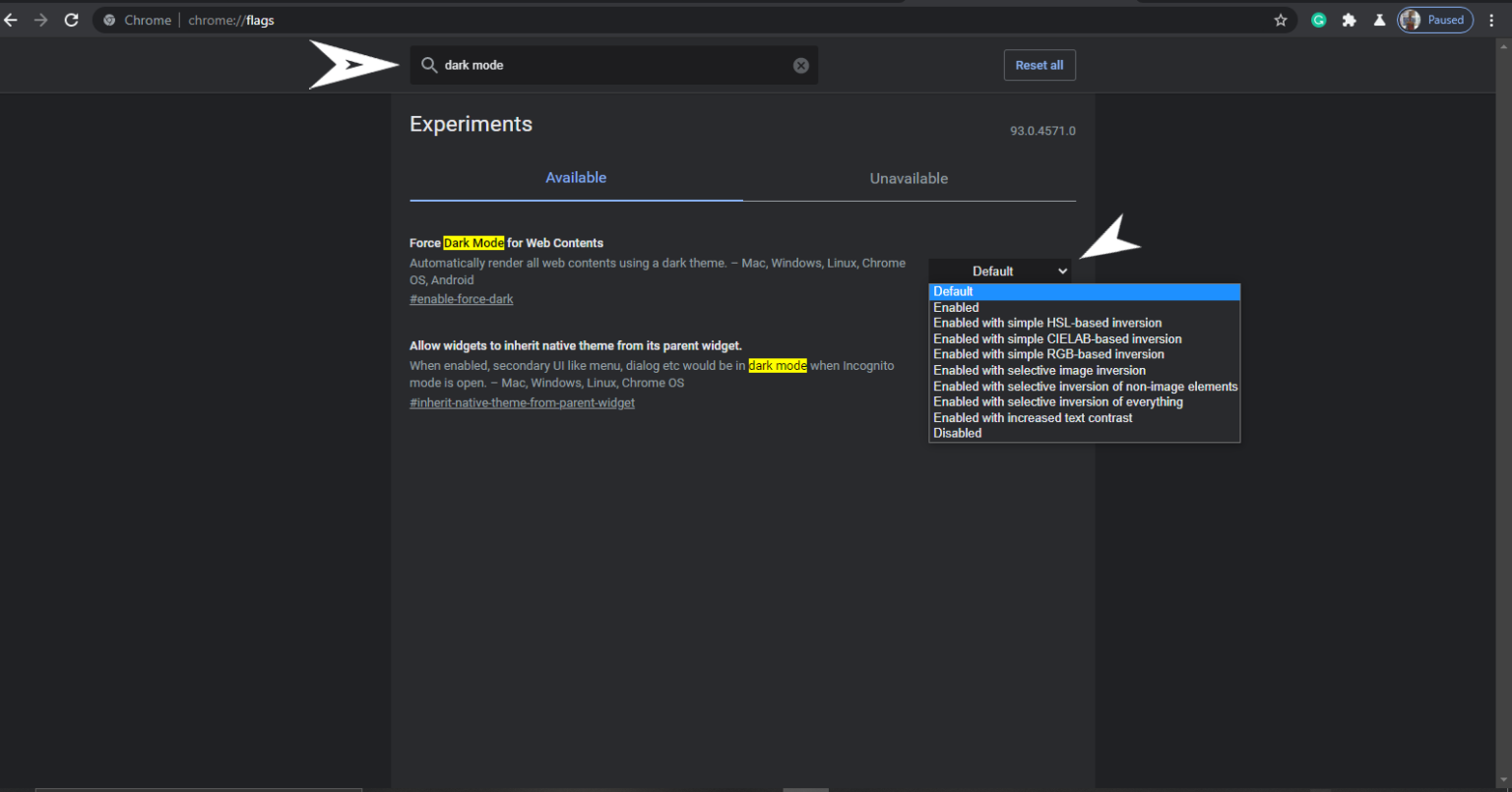

Occasionally, the “failed to load resource” error is the result of a missing server file. As such, you might be able to solve errors like this one more quickly than other issues that cause content not to show correctly. Nevertheless, the error message can clue you into the cause. Regardless of the error notification’s wording, the effect is often the same: you’re unable to view part of a page.įacing this can undeniably be frustrating. You may also see this error on popular sites such as YouTube and Facebook.

A target origin should always be provided when possible, to avoid disclosing the data you send to any other site. The second argument to postMessage() can be '*' to indicate no preference about the origin of the destination. In your main page: const frame = document.getElementById('your-frame-id') į(/*any variable or object here*/, '') > Failure: different protocol, port & hostnameĮven though same-origin policy blocks scripts from accessing the content of sites with a different origin, if you own both the pages, you can work around this problem using window.postMessage and its relative message event to send messages between the two pages, like this: Here's what would happen trying to access the following URLs from URL RESULT NOTE: Internet Explorer is known to not strictly follow this rule, see here for details. Protocol, hostname and port must be the same of your domain if you want to access a frame.

Origin is considered different if at least one of the following parts of the address isn't maintained: protocol:// hostname: port/. For the same-origin policy browsers block scripts trying to access a frame with a different origin. You can't access an with different origin using JavaScript, it would be a huge security flaw if you could do it.


 0 kommentar(er)
0 kommentar(er)
